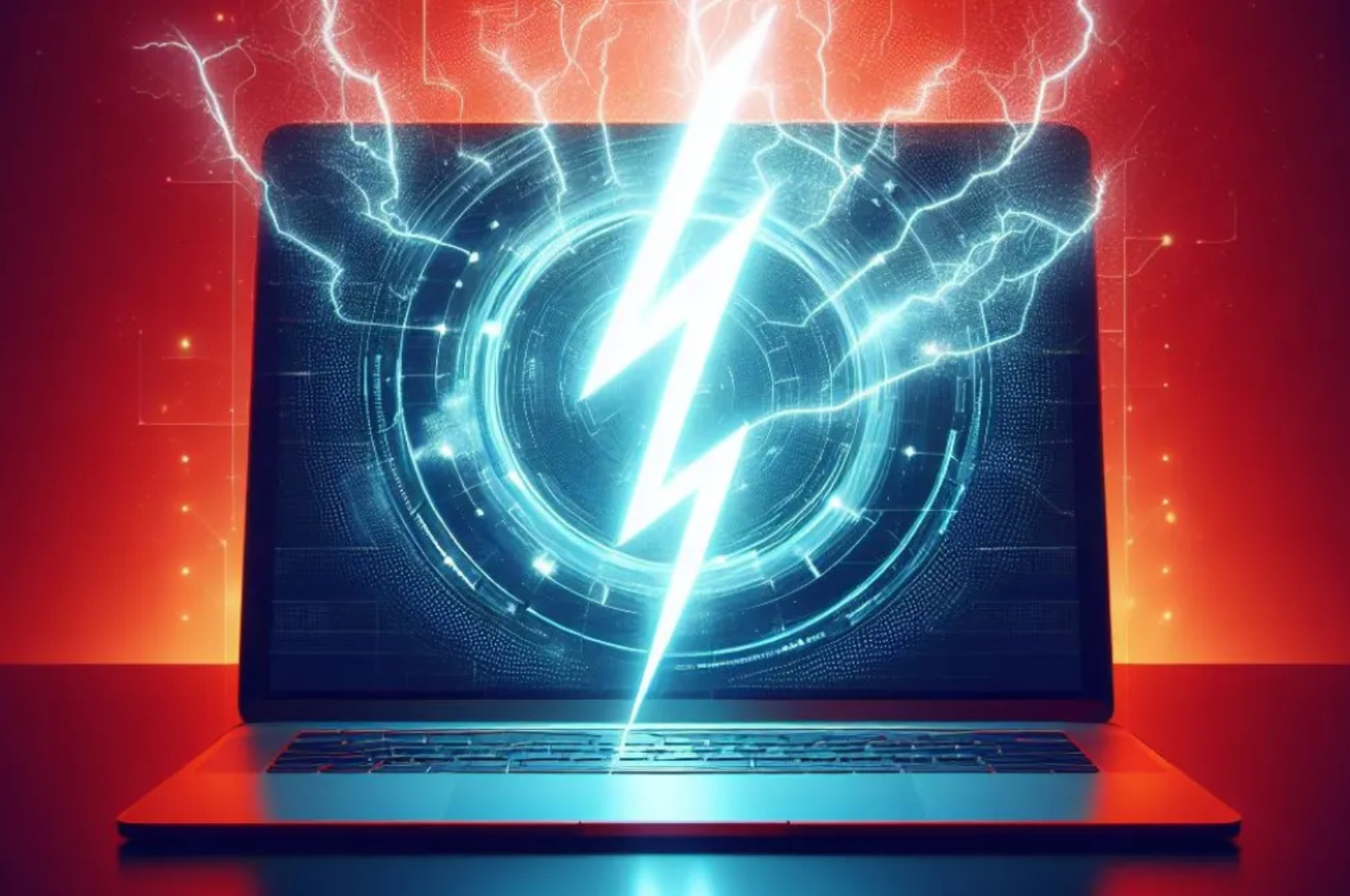Blog
Upgrade Your Laptop Speed in 5 Easy Steps!

Is your once-speedy laptop now a sluggish shadow of its former self? Does it take ages to load programs, open files, or even just boot up? Don’t rush out and buy a new one just yet! In many cases, a slow laptop can be revitalized with a few simple tweaks.
My Tech Repair’s tech experts are here to help you reclaim your laptop’s lost performance. Here are 5 easy steps you can take to breathe new life into your device and get back to work (or play) without the frustration of slowdowns:
1. Tame the Startup Programs: Many programs like to add themselves to your startup sequence, meaning they launch automatically when you turn on your computer. This can significantly slow down your boot time.
- Windows: Press
Ctrl + Shift + Escto open the Task Manager. Click on the “Startup” tab and disable any programs you don’t need to run at startup. - Mac: Go to “System Preferences” > “Users & Groups” > Select your user > “Login Items”. Uncheck any programs you don’t want to launch automatically.
2. Clean Up Your Disk Space: Over time, your laptop accumulates temporary files, downloads, and unused programs. This clutter can take up valuable storage space and slow down performance.
- Windows: Use the built-in Disk Cleanup tool to remove unnecessary files. You can also uninstall programs you no longer use through the Control Panel.
- Mac: Empty your Trash and use tools like “Optimize Storage” to manage your Mac’s storage space.
3. Free Up Your RAM: Random Access Memory (RAM) is your computer’s working memory. If it’s overloaded with programs running in the background, your laptop will slow down.
- Close Unused Programs: Make a habit of closing programs you’re not actively using.
- Check for Memory Leaks: Certain programs can hold onto memory even when closed. Use Task Manager (Windows) or Activity Monitor (Mac) to identify and close any memory-hogging applications.
4. Defragment Your Hard Drive (For HDD Users Only): If your laptop uses a traditional Hard Disk Drive (HDD), defragmenting it can improve performance by rearranging fragmented files for faster access. Note: This step is not necessary for laptops with Solid State Drives (SSDs).
- Windows: Search for “Defragment and Optimize Drives” and choose your drive to optimize.
5. Update Your Software: Outdated software can contain bugs and security vulnerabilities that can slow down your system. Keeping your operating system, drivers, and applications up to date is crucial for optimal performance and security.
- Windows: Go to “Settings” > “Update & Security” and check for updates.
- Mac: Go to “System Preferences” > “Software Update” and install any available updates.
By following these simple steps, you can significantly improve your laptop’s performance and extend its lifespan. However, if these solutions don’t solve the issue or your laptop requires more advanced repairs, don’t hesitate to bring it to My Tech Repair in Banstead. Our skilled technicians can diagnose any problem and get your laptop running smoothly again in no time!
